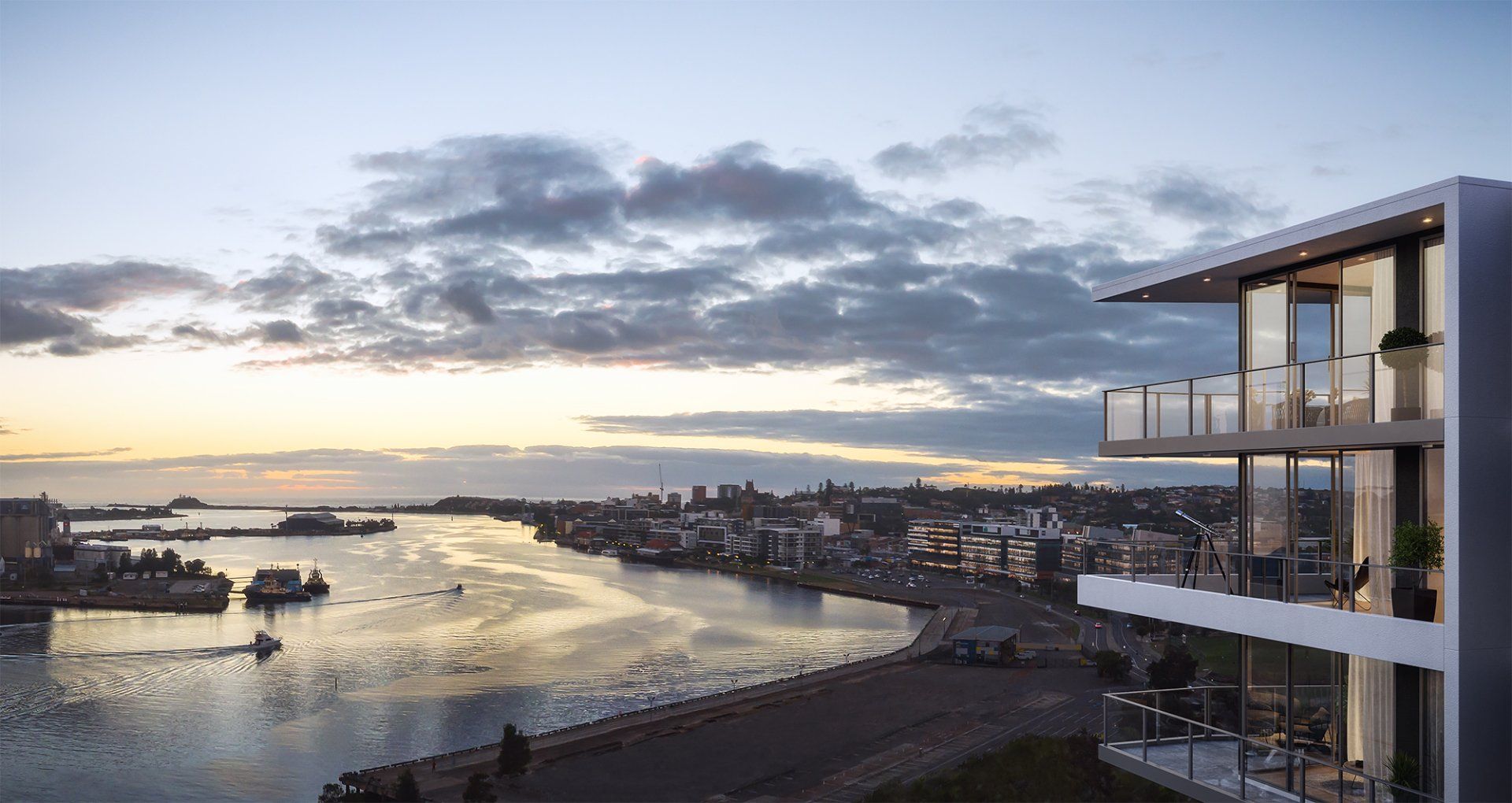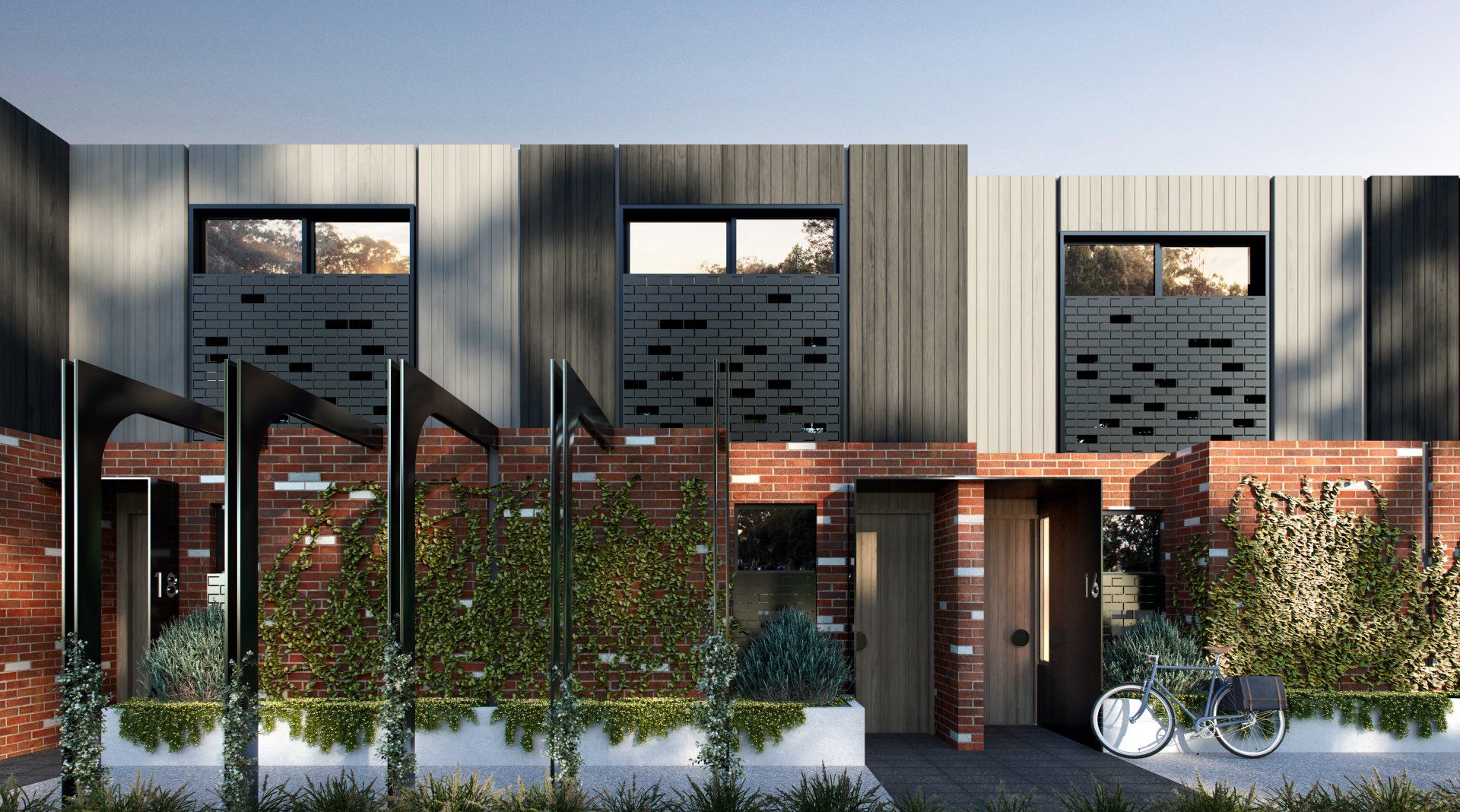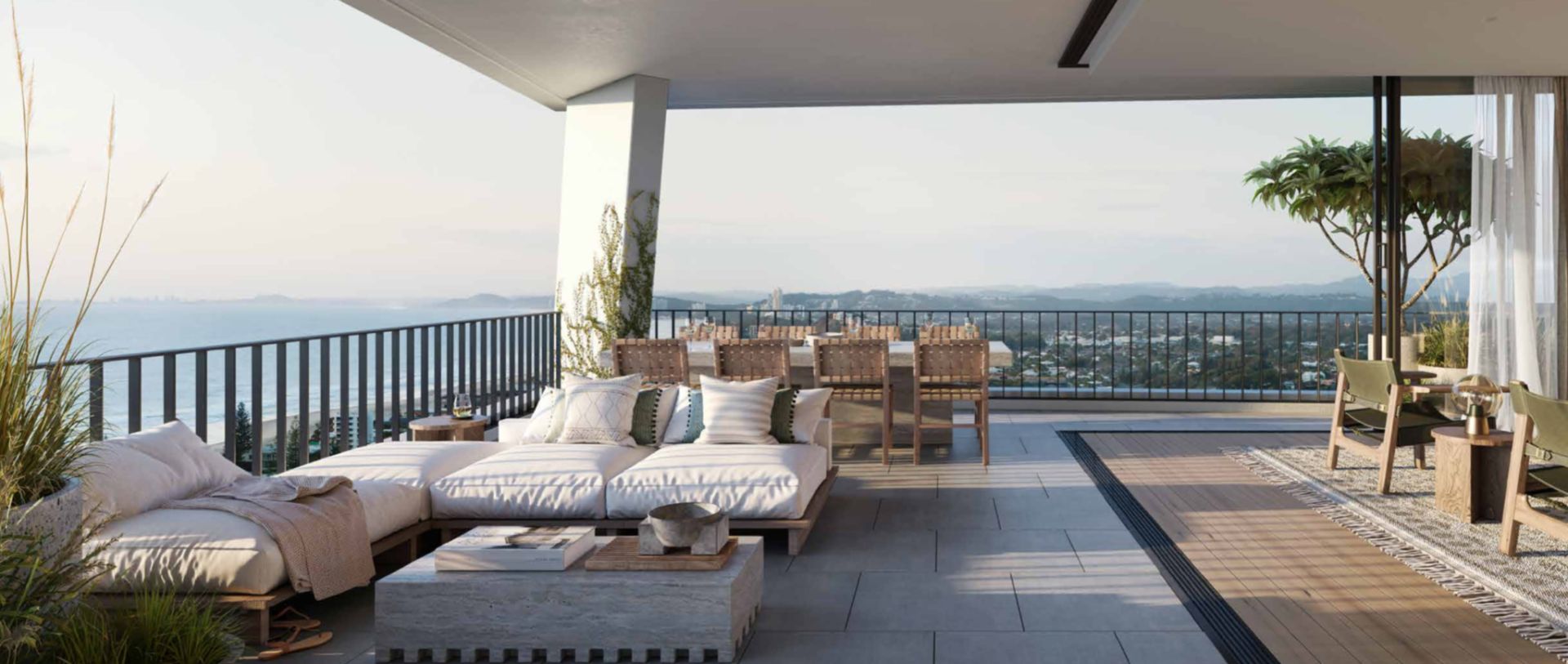Apartment markets leading Melbourne's real estate recovery
- By Peter Gordon
- •
- 24 Oct, 2019
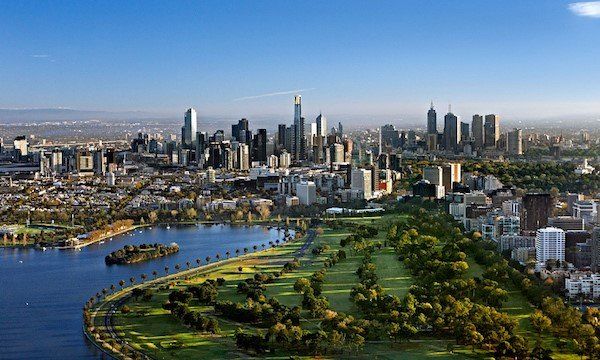
The property market is showing signs of bouncing back and we happy to see Melbourne's apartments are showing much improvement , great news for our investors!
Apartment markets are leading Melbourne’s recovery from the post-boom downturn. Hotspotting’s Spring survey of sales activity and prices provides strong evidence of revival in Melbourne, with units outdoing houses on price performance.
Our survey has identified 73 markets where median prices have risen in the past 12 months and 79% of them are apartment markets. Examples include Fairfield (up 20%), Glen Huntly (up 15%), Niddrie (up 15%), Toorak (up 17%), West Footscray (up 15%) and Yarranville (up 15%)
The most striking trend is the number of suburbs where the median house price is down but the apartment median is up: 53 suburbs across the Melbourne metro area have this scenario.
Examples include:
- Brighton (house median down 18% but unit median up 8%);
- Doncaster East (houses down 13% but units up 9%);
- Heidelberg (houses down 13% but units up 11%;
- Highett (houses down 20% but units up 9%);
- Kensington (houses down 14% but units up 8%);
- Mt Waverley (houses down 14% but units up 6%);
- Ormond (houses down 16% but units up 13%); and
- West Footscray (houses down 10% but units up 15%).
Melbourne’s most expensive market, Toorak, provides the most stark contrast: the median house price has dropped 29% to $3.1 million in the past year, while the median apartment price has risen 17% to $985,000.
There are also 48 markets where the median price is down in annual terms but has risen in the latest quarter – and 30 of those (63%) are apartment markets.
Examples include Heidelberg Heights apartments, where the median is down 8% annually but up 4.6% in the latest quarter and South Melbourne apartments, where the median is down 4% annually but up 2.8% in the latest quarter.
There are 129 markets where median prices are down 10% or more in annual terms and 110 of them are house markets – only 19 of the markets with big decline are unit markets.
Many of those with biggest annual decreases (above 20%) are suburbs where median house prices are above $1 million – or were before the recent decline. They include Box Hill, Box Hill South, Bulleen, Carlton, Hawthorn, Hawthorn East, Highett, Hughesdale, Ivanhoe, Ivanhoe East, Mont Albert North, North Melbourne, South Yarra, St Kilda and Toorak.
Hotspotting’s Spring survey of sales activity shows solid evidence of the recovery that has emerged in Melbourne since the Federal Election result in May. The previous two years had shown the decline from the peak of the boom – at first gradual and then dramatic.
The previous eight quarterly surveys had shown the following numbers of suburbs with growth markets (rising numbers of sales): 97, 60, 35, 30, 12, 9, 9, 2 and 0. That pronounced pattern of decline in sales activity heralded the end of Melbourne’s boom, which eventually led to decreases in median prices in the past 18 months.
This latest survey shows the first evidence of turnaround. It identifies 20 suburbs with growing sales activity, with most of them in Melbourne’s middle market. Declining markets still outnumber rising ones, but the number of suburbs with downward patterns in sales activity has reduced from 113 in the Winter survey to 72 in this Spring survey.
Of the 30 LGAs across the Melbourne metro area, there are four LGAs with at least one growth suburb and no declining ones: Darebin (with Northcote as a growth market), Manningham (Templestowe and Donvale), Moonee Valley (Ascot Vale) and Nillumbik (Diamond Creek and Eltham).
Other Middle Melbourne areas with growth markets include the LGAs of Kingston (Moorabbin and Mordialloc), Moreland (Brunswick East and Oak Park) and Bayside (Hampton and Sandringham).
Most of the suburbs with rising sales trajectories have median house prices in the range from $800,000 to $1.2 million.
While the number of suburbs with declining activity is less than the previous survey, there are precincts where serious decline remains evident – many of them outer ring areas which had previously showed resilience against the post-boom downturn. They include the LGAs of Mornington Peninsula, Melton, Hume, Wyndham and Casey.
Some of the more upmarket areas also continue to struggle including the LGAs of Glen Eira, Melbourne and Whitehorse.
Some municipalities demonstrate the folly of generalisation about property markets, with a range of contrasting scenarios playing out within the one precinct. The LGAs of Brimbank, Kingston and Whittlesea all have suburbs with diverse outcomes: some rising, some plateau, some consistency and some declining.
Article courtesy Terry Ryder 21/10/19
We have apartments currently available in Melbourne, so If you'd like more info on whats available contact the team now
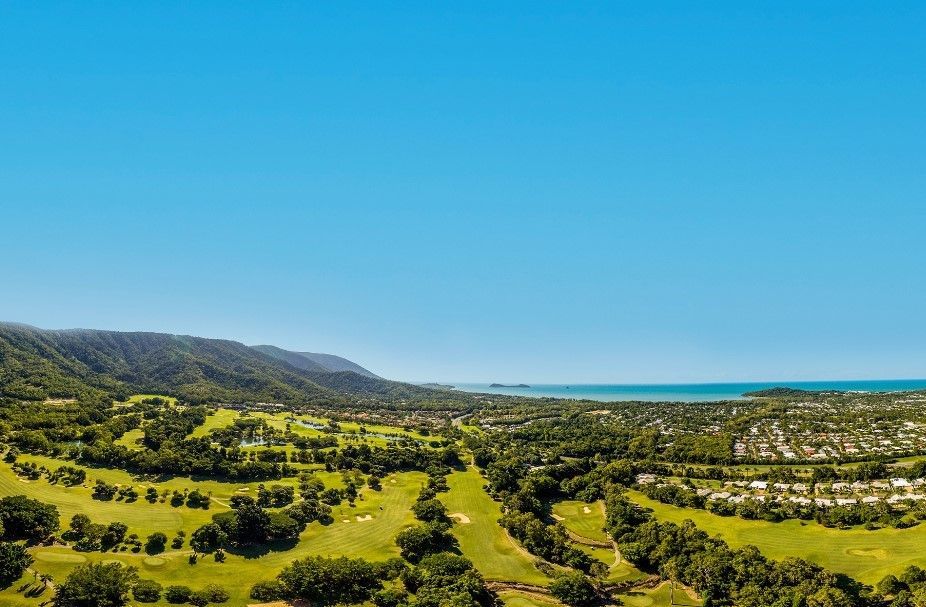
| Quiet simply, the Palms is the place to buy! |
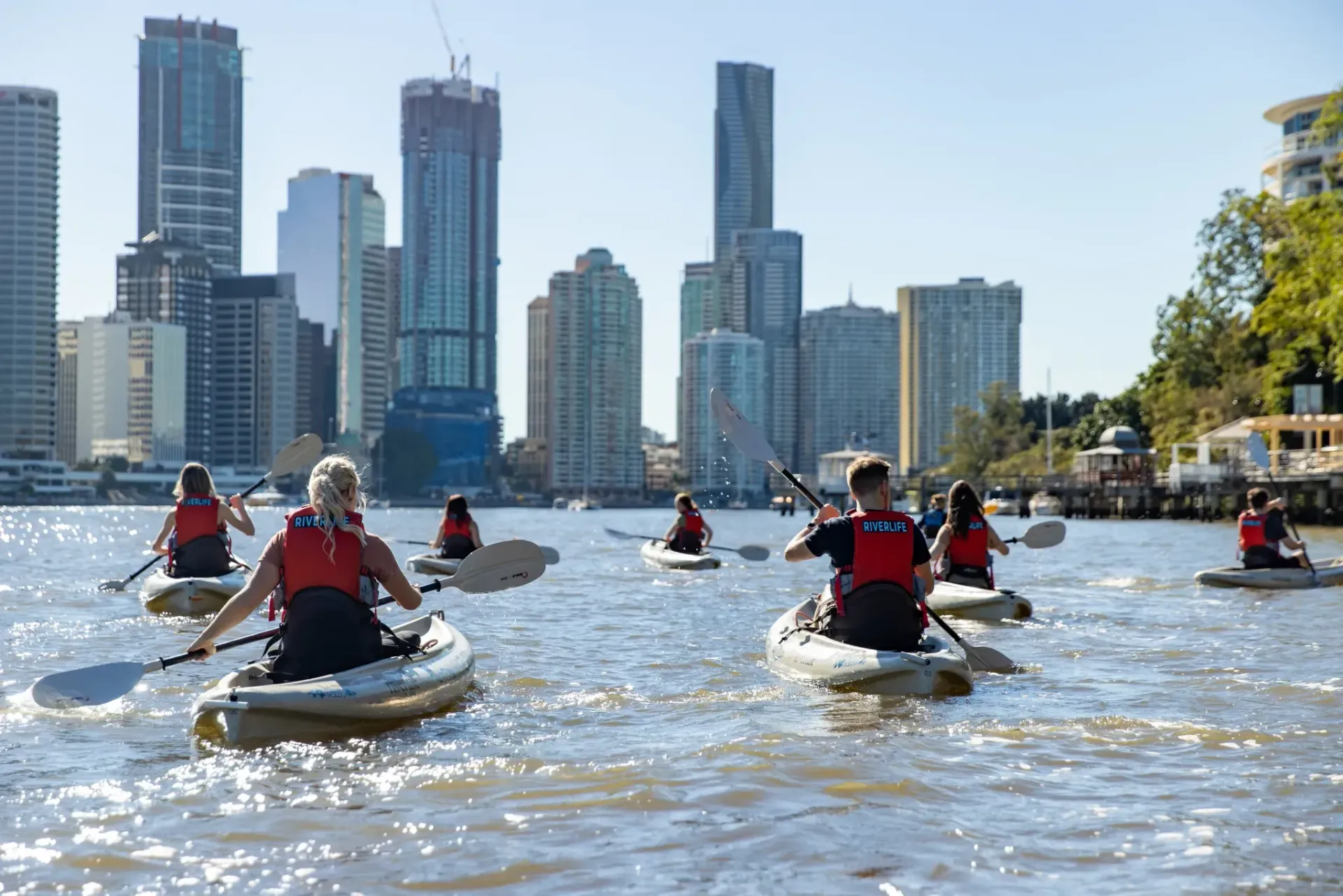
Sydneysiders and Melburnians, put aside your equally outstanding flat whites for a moment. Stop bickering about whether great beaches beat cool laneways (they do) and desist from debating whether all baristas require waxed moustaches (ideally).
Because Brisbane is closing in on the title of Australia’s best city, and we must join forces to keep this subtropical upstart in its place.
Time magazine recently named Brisvegas on its “World’s Greatest Places” list, and omitted our cities. It’s a huge shock (and who knew they still published Time magazine?). But they might be onto something.
Time points to the 2032 Olympic and Paralympic Games, which will be hosted in the maroon metropolis. Brisbane will do a fine job, even though it’ll baffle the world when rugby league is added to the schedule and Queensland is allowed to field its own team.
Time’s most radical claim is that Brisbane is worth visiting now, but tourism is surging. Not only did Lin-Manuel Miranda recently drop in to catch Hamilton , but hundreds of Hamilfans flew up to watch his interview with Leigh Sales (presumably unaware that it would subsequently arrive on iView for free).
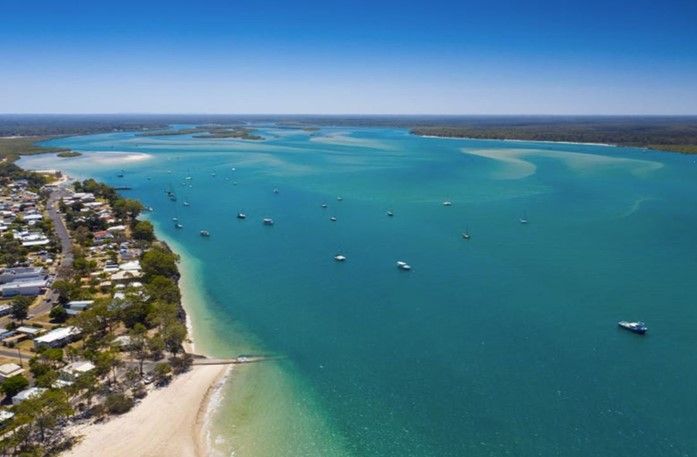
A leading local agent has appraised each side of these duplex's to be worth $665k on completion and rent for $495 per week. So that is massive potentail instant equity of up to $390K on completion, which is incredibly hard to find.

